It's common to run these things from the mains supply. It can be done like so:

simulate this circuit – Schematic created using CircuitLab
I've skipped some of the detail, but essentially two back-to-back transformers will do it. Pay attention to the way they are arranged.
You'll want some smoothing and filtering things after the bridge, and possibly some fusing on the mains side. The transformers can be little things (cheap) as you're not using any significant current.
If you allow 75% losses (anecdotal), you'll get about 345V DC. That's within spec from your data sheet. I can't be more specific as the losses can't be calculated more precisely. You'll have to spend a little to try it. You might be able to make adjustments by varying the step down ratios of the transformers. Another way is to just drop the voltage through a large power resistor. You wouldn't be dropping much, so its size should be reasonable and this is done all the time in valve amp PSUs. Some of the filtering can be accomplished with this resistor anyway.
I found a reference to ball parking the losses of a back to back transformer arrangement. You'll see that theoretically you'd expect 120V back out again, but the guy only got 93V. So expect an efficiency of 78%.
Perhaps some voltage disappeared due to heater loading, but the only way'll you find out for sure in your particular circumstances is to experiment.
 .
.

